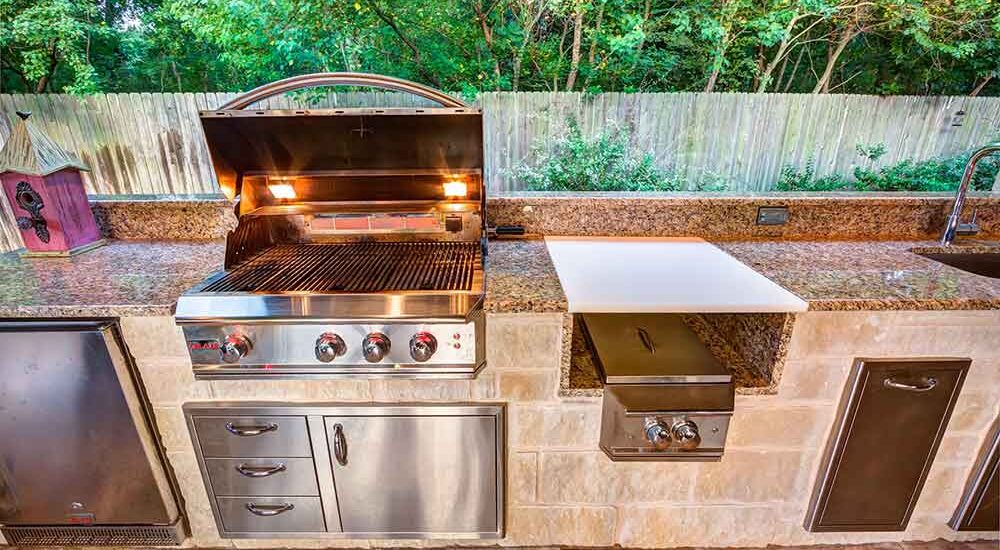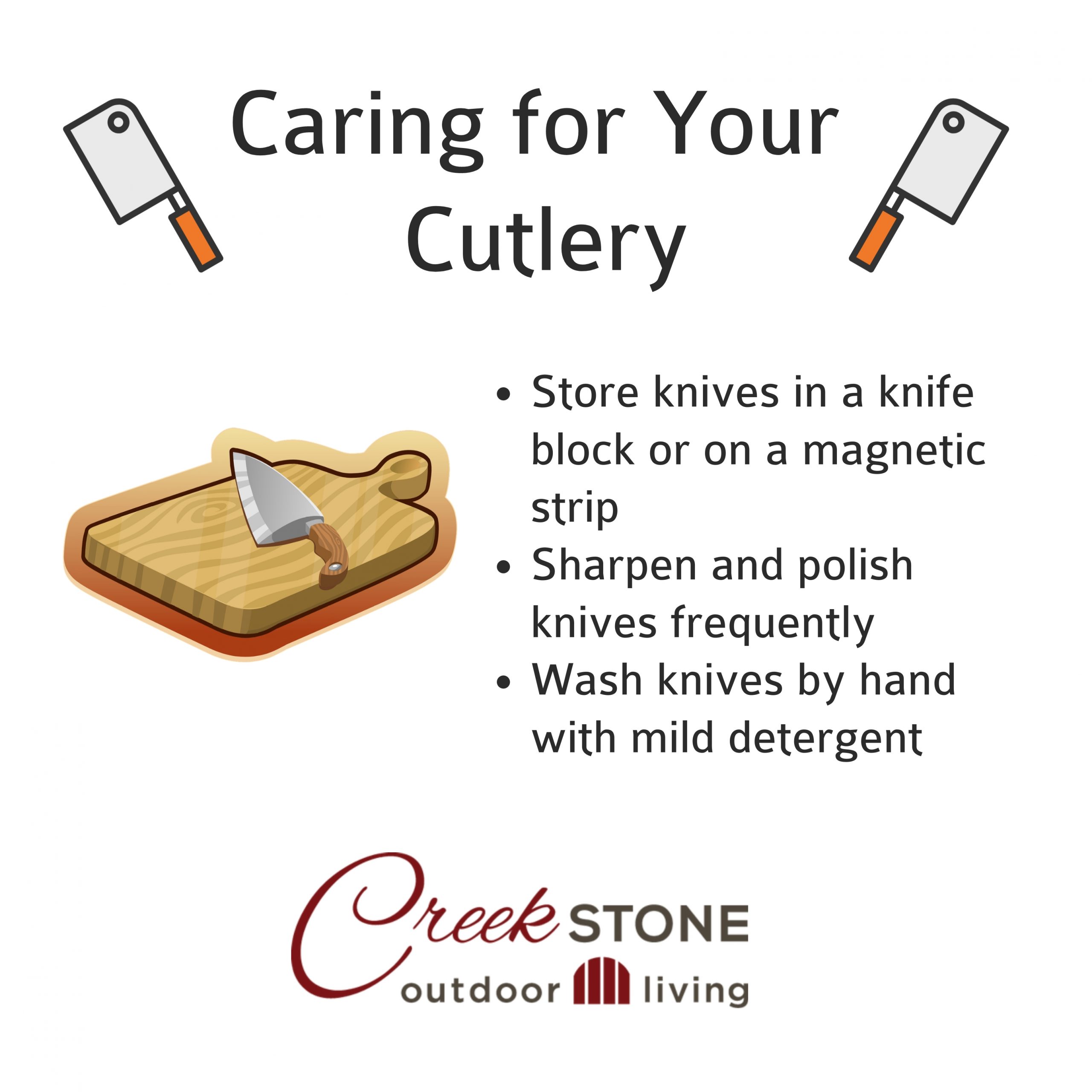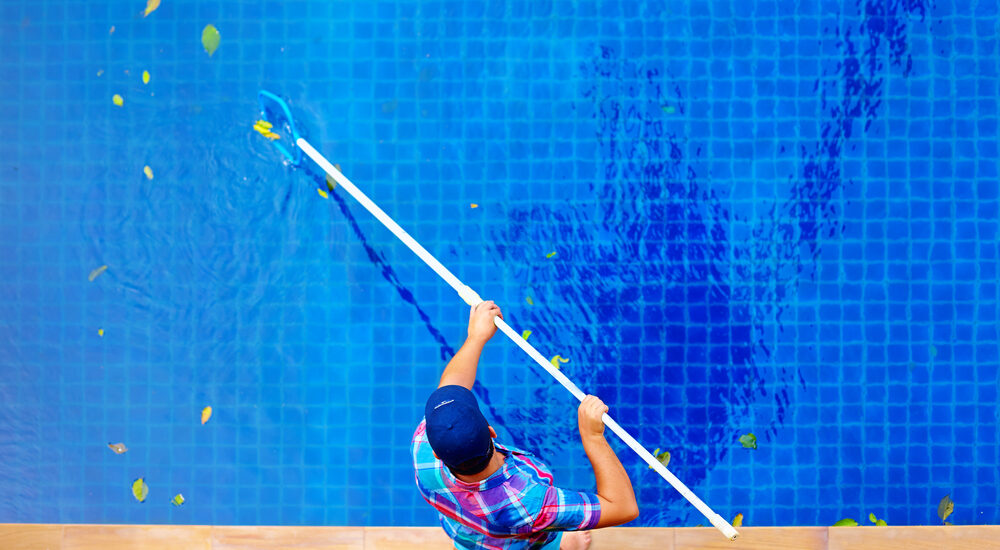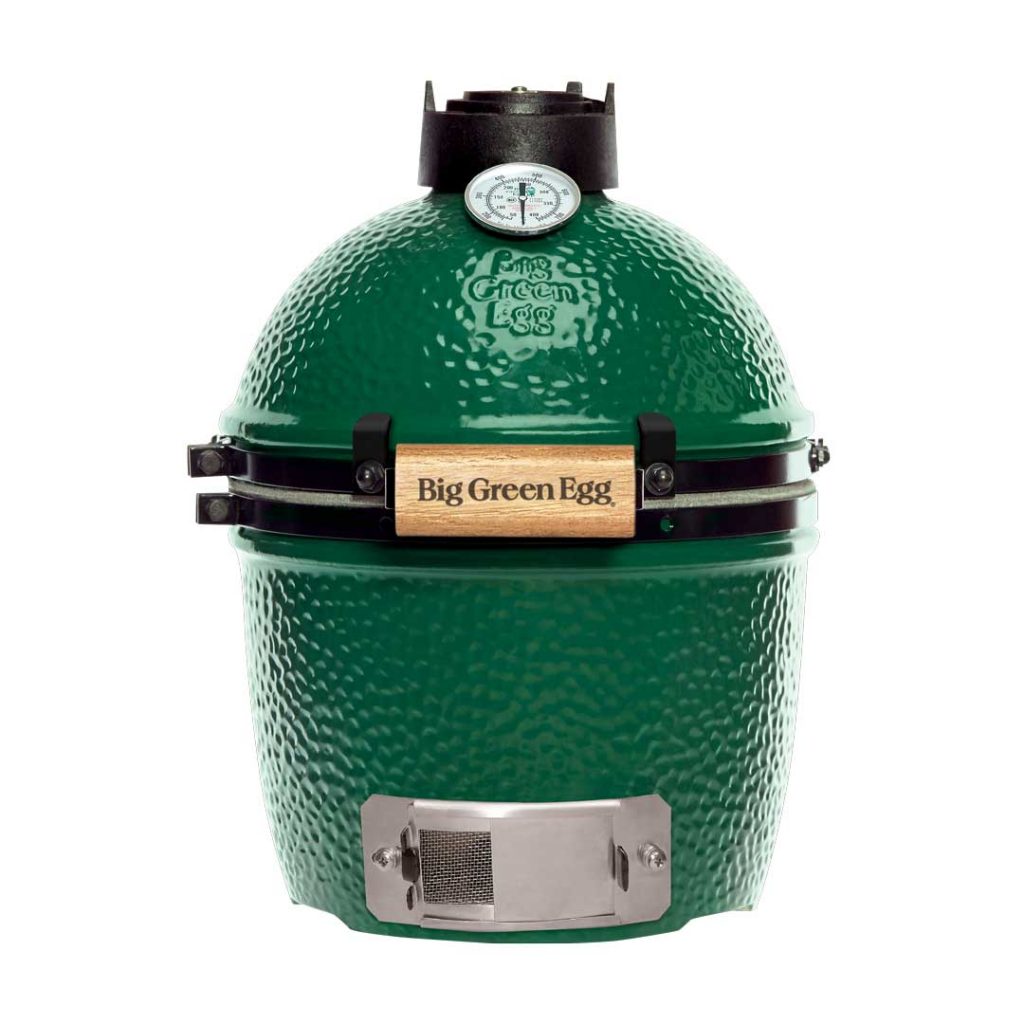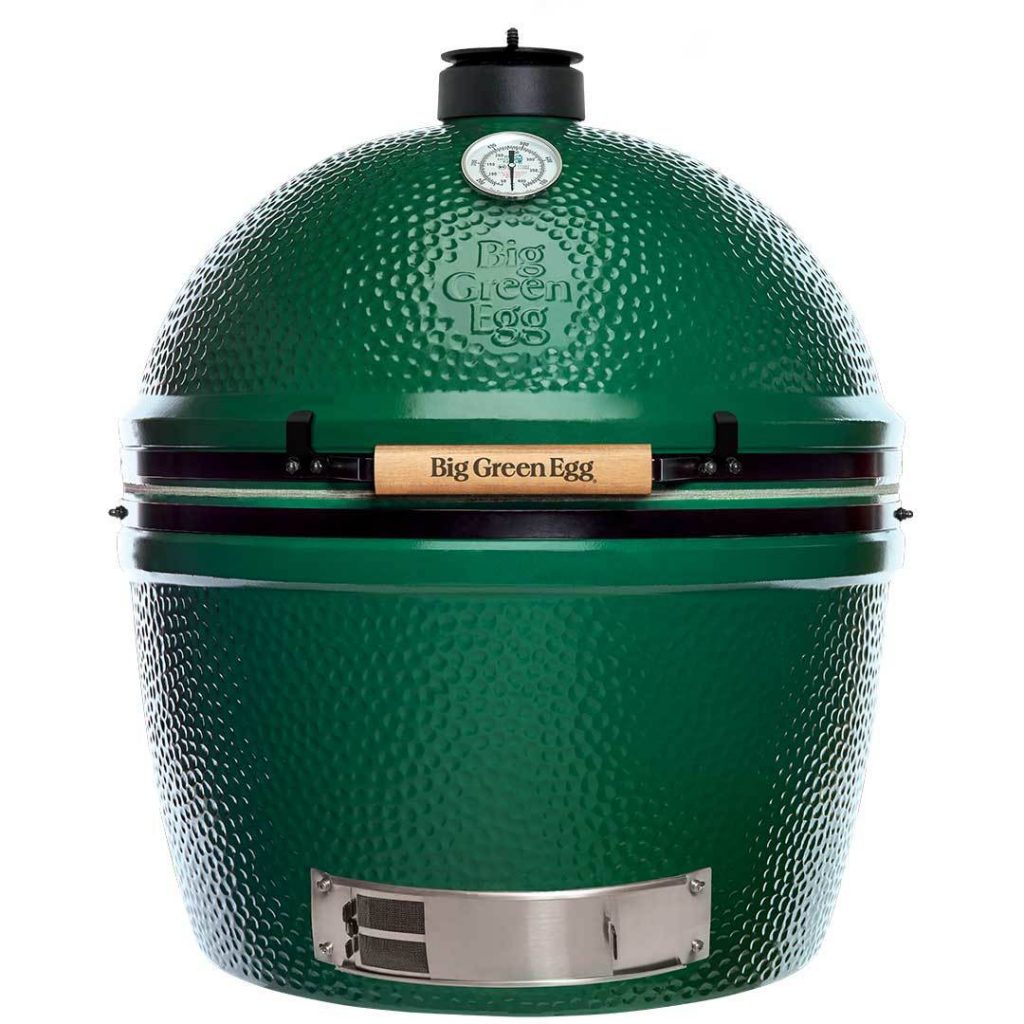A majority of stainless steel outdoor kitchen equipment owners never know how to protect stainless steel outdoors. Some ignore, assuming that the outdoor equipment will still corrode even when protected. However, that’s not always the case. You can learn and implement simple ways of maintaining a shiny and bright surface on your stainless steel kitchen equipment.
Here’s how to properly care for your outdoor stainless steel equipment. #CreekstoneOutdoors Click To TweetHow can you keep your outdoor stainless steel looking new?
The solution to spotless stainless steel surfaces are never far from what you can readily access or what you already know but not applying well. To keep your stainless steel outdoor kitchen equipment spotless, you’ll need to follow the simple steps listed below.
- Use the Right Tools
- Clean with the Polish Lines
- Use Alkaline Containing Cleaners
- Rinse Well
- Restore Stainless Steel
1) Use the Right Tools
Non-abrasive tools like microfiber, sponges, or plastic scouring pads are ideal for cleaning these surfaces. While they clean perfectly, they minimize scratches on the surface. Scrapers such as steel wool, wire brushes, or anything that might scratch the surface are not ideal for cleaning a stainless steel surface.
2) Clean with the Polish Lines
Stainless steel possesses a grain that runs in one direction or another, defined as lines. When cleaning, it is best if you wipe or scrub along the lines. This is particularly important to consider when you are using something more abrasive than a soft cloth..
3) Use Alkaline Containing Cleaners
Alkaline is the best cleaner for stainless steel. A cleaning solution containing a mixture with traces of alkaline, non-chlorinated chemicals, or chlorinated alkaline solutions will work perfectly to clean these surfaces. You should, however, avoid cleaners that contain quaternary salts as they cause rusting and pitting.
Pro Tip: If you are unsure of what alkaline solution to use, get stainless steel cleaners specifically designed for stainless steel surfaces.
4) Rinse Well
If you used chlorinated cleaners, you should rinse and wipe the kitchen surface and equipment immediately. You should wipe off the standing water mostly if it contains chemicals you used to wash the surface. However, if you use sanitizer to clean and disinfect the kitchen surface, do not wipe off or rinse the surface after cleaning.
5) Restore Stainless Steel
After all cleaning and scrubbing, you can restore the shine of your stainless steel with lemon oil or food-grade mineral oil. You can apply the polish in line with the grain’s direction using a lint-free cloth. You can as well dry it using another lint-free cloth.
Use These Tips to Refresh Your Stainless Steel
You now perfectly understand how to protect stainless steel outdoors without too much trouble. When you use these tips effectively, you end up preventing rust and corrosion, maintaining a sparkling surface for your outdoor kitchen equipment.
Contact us if you need help with your outdoor kitchen surfaces.

